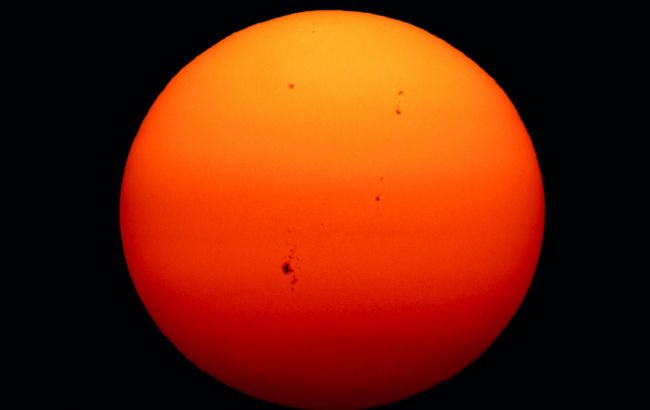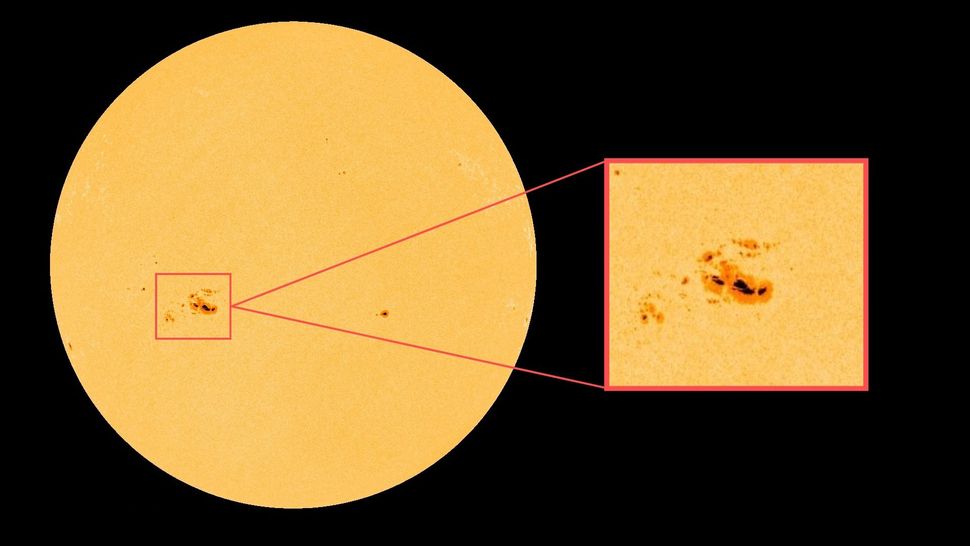Scientists alarmed by sunspot wider than Earth by 15 times
 Sunspots are different (photo: Getty Images)
Sunspots are different (photo: Getty Images)
Sunspots form regularly, but recently scientists have recorded a giant sunspot AR3576, facing our planet and 15 times larger than the Earth.
Sources used: Spaceweather, Space.com.
Sunspot
Recently, NASA's rover Perseverance captured images from the surface of the Red Planet that showed a giant group of sunspots that are practically "merging" into one.
Together, they stretch for more than 200,000 kilometers and contain at least four dark cores, each of which is larger than the Earth.
Currently, this massive sunspot, called AR3576, which is 15 times wider than the Earth, is turning toward our planet.
Sunspots formation
Sunspots form regularly due to the peculiarities of the Sun's magnetic field. These are essentially just colder (and therefore darker) areas of the space object.
At the same time, such spots are an important factor in the space "weather" for the planets of the Solar System, as they provoke radiation flares and even emissions of certain substances from the Sun.
Usually, such spots are up to 12,000 kilometers in size (almost the diameter of the Earth), but sometimes they "converge" together, as happened with the AR3576 spot.
 Sunspot AR3576 (infographic: NASA/SDO/AIA/EVE/HMI)
Sunspot AR3576 (infographic: NASA/SDO/AIA/EVE/HMI)
How sunspot threatens people
The sunspot recorded by Perseverance is so large that it can be seen from the Earth with the naked eye. It is enough to put on special glasses to observe eclipses.
According to the U.S. National Oceanic and Atmospheric Administration, this sunspot can pose a threat and cause the most powerful type of solar flare - class X.
According to scientists, AR3576 facing the Earth can create the aurora, cause interruptions in radio communications, and affect electronic technologies on Earth.
In addition, this sunspot can cause powerful geomagnetic storms.

